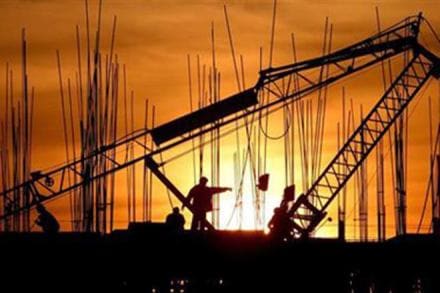The principal bench of the National Company Law Tribunal (NCLT) in New Delhi on Tuesday reserved its order on whether the insolvency proceedings against Era Infra Engineering are maintainable. This is because there are several winding-up petitions against the company pending before the Delhi High Court. Union Bank of India has filed an insolvency petition against the company. In a recent observation in the State Bank of India versus Alok Industries case, the NCLT bench in Ahmedabad had noted that since winding up petitions had not been admitted, the Insolvency and Bankruptcy Code (IBC) could be invoked. In the case of Era Infra too, the winding-up petitions have not been admitted by the high court. The company’s total debt at the end of March 2016 stood at Rs 10,065 crore. It reported a net loss of Rs 1,295 crore on Rs 1,211 crore in revenues in FY17. “A two-member bench posted the case for further considerations on August 8,” said Union Bank counsel Ahasan Ahmad. Era Infra owes Union Bank Rs 681 crore in term loans and $11 million in external commercial borrowings. Earlier this month, the NCLT had sought a clarification from the counsel for Union Bank on the maintainability of the bankruptcy petition. Era Infra’s counsel had argued that if the winding-up petitions are admitted by the high court, the application under Section 7 of the IBC filed by the bank may become infructuous.
Era Infra is among the 12 companies referred to NCLT benches across the country after the Reserve Bank of India (RBI) asked banks to refer them to the NCLT. The RBI had on June 13 had asked banks to refer a dozen troubled companies — with a combined debt of close to Rs 2.4 lakh crore — to the NCLT, following several failed attempts at loan recovery. The 12 accounts identified by the central bank are those to which banks have an exposure of more than Rs 5,000 crore, more than 60% of which has been recognised as NPAs. Once these cases are with the NCLT, the lenders need to set up a committee of creditors that will come up with a plan on how the asset will be tackled. If the committee is unable to find a solution within 180 days — this can be extended to 270 days — the borrowing entity will go into liquidation.
